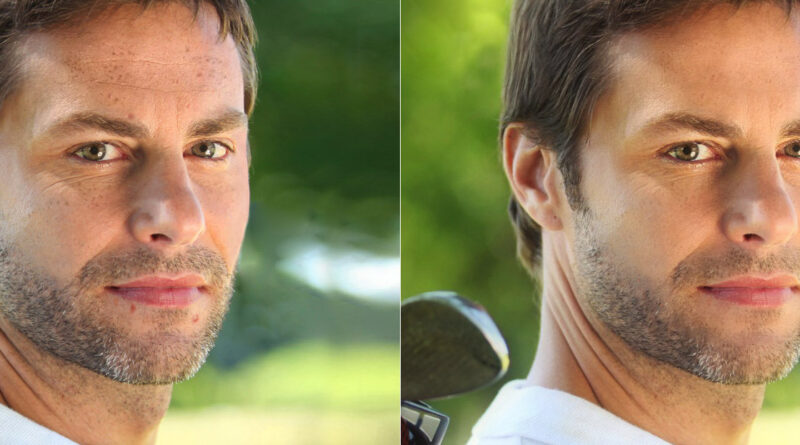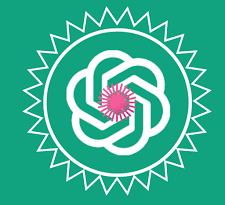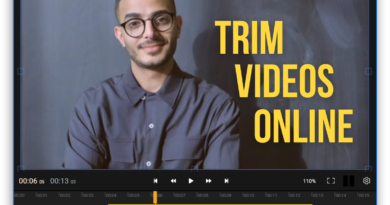The Pros and Cons of AI in Photo Retouching: A Comprehensive Analysis
The Pros and Cons of AI in Photo Retouching: A Comprehensive Analysis
In the world of photography and digital imaging, the use of Artificial Intelligence (AI) has revolutionized the way images are retouched and enhanced. AI-powered Photo retouching with AI tools have become increasingly popular, offering a wide range of capabilities that were once only possible through manual editing. This article delves into the pros and cons of AI in photo retouching, providing a comprehensive analysis of its impact on the industry and the art of photography.
The Pros of AI in Photo Retouching:
1. Speed and Efficiency:
One of the most significant advantages of using AI in photo retouching is the speed and efficiency it offers. AI algorithms can process and edit images in a matter of seconds, significantly reducing the time required for manual retouching. This is particularly beneficial for photographers and graphic designers who need to meet tight deadlines.
2. Consistency:
AI tools provide a high level of consistency in photo retouching. Unlike human editors, AI does not suffer from fatigue or variations in style. This ensures that the desired look and feel of the image are maintained throughout an entire set of photos, making AI an excellent choice for batch processing.
3. Accessibility:
AI-powered photo retouching tools are becoming more accessible to a wide range of users, including those without extensive editing skills. Many applications and software platforms now integrate AI features that allow users to enhance their photos easily.
4. Precision:
AI algorithms excel in identifying and correcting specific imperfections in photos. They can remove blemishes, adjust skin tones, and eliminate distracting elements with remarkable precision, often surpassing what is achievable through manual retouching.
5. Creativity and Innovation:
AI has introduced novel and creative ways to manipulate and enhance photos. From style transfer to generating entirely new images, AI-powered tools have opened up new avenues for artistic expression and experimentation in photography.
6. Cost-Effective:
For businesses and individuals on a budget, AI photo retouching can be a cost-effective alternative to hiring professional retouchers. This can result in significant cost savings while still achieving high-quality results.
The Cons of AI in Photo Retouching:
1. Loss of Artistry:
While AI offers efficiency and precision, it can sometimes result in a loss of the artistic touch that comes with manual retouching. Automated processes may lack the nuance and subjective judgment that a skilled human editor can provide.
2. Overuse and Unrealistic Editing:
AI-powered retouching tools can lead to overediting, creating images that appear unrealistic or heavily retouched. This can detract from the authenticity and natural beauty of the subject.
3. Limited Creativity:
While AI can generate novel effects and styles, it may still be limited in its ability to truly innovate or bring a unique creative perspective to a photo. It often relies on existing patterns and trends in photography.
4. Privacy Concerns:
AI in photo retouching can raise privacy concerns, especially when it comes to facial recognition and biometric data. There is a need for responsible data handling and ensuring that AI tools do not compromise individuals’ privacy.
5. Learning Curve:
Although AI-powered photo retouching tools are becoming more user-friendly, there is still a learning curve involved in mastering them. Users may need to invest time in understanding the tools and their capabilities.
6. Dependency on Technology:
Relying heavily on AI for photo retouching can lead to a dependency on technology. Traditional retouching skills may become less prevalent, potentially limiting the diversity of approaches in the field.
Conclusion:
AI has undeniably transformed the landscape of photo retouching, offering speed, efficiency, and precision. However, it is not without its drawbacks, including the risk of overediting and a potential loss of the human touch in artistic expression. As the technology continues to evolve, striking a balance between AI and manual retouching, and maintaining a commitment to responsible and ethical editing practices, will be essential for photographers, graphic designers, and the industry as a whole. Ultimately, the use of AI in photo retouching should be seen as a valuable tool that complements human creativity and skill rather than a replacement for it.



